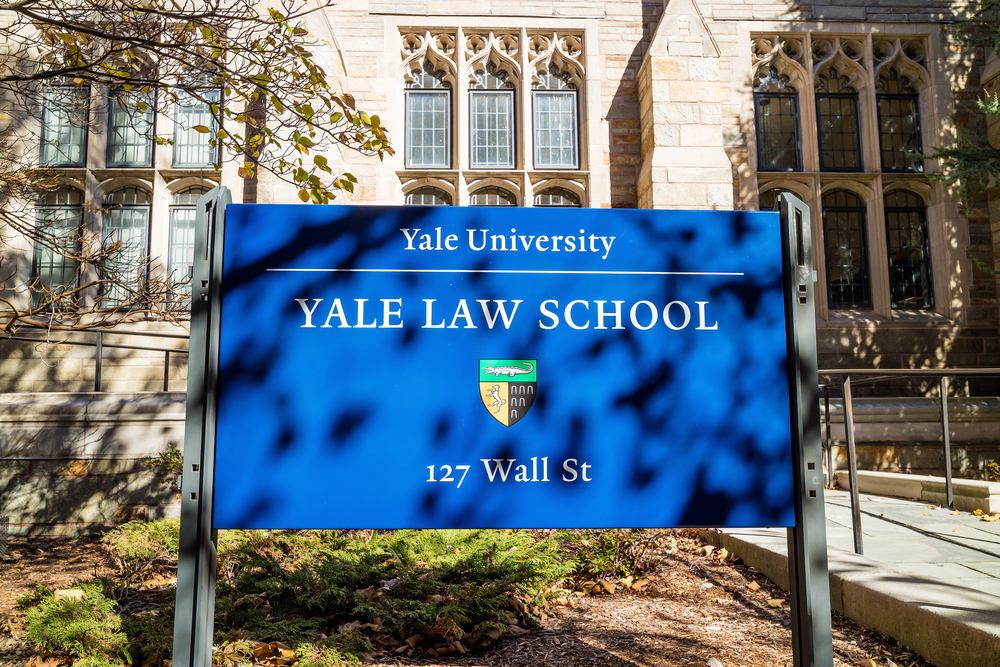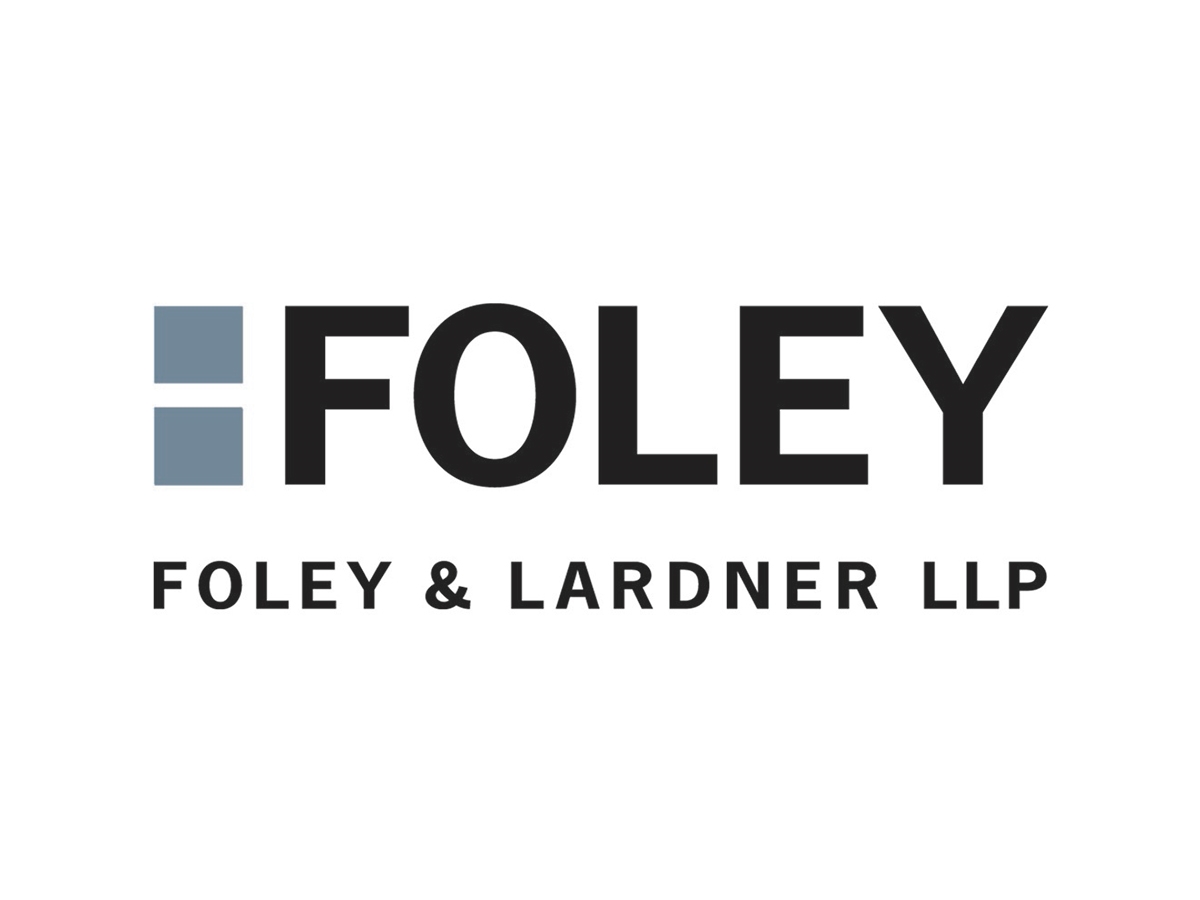Cooperative v. Kollective CAFC Decision Demonstrates Virtues of Consistent and Candid Patent Prosecution and Litigation
“Cooperative’s patent prosecutors and patent litigators did what good patent lawyers should do: they crafted a simple, coherent and consistent narrative about the merits of the invention and stuck with it throughout prosecution, litigation and appeal.”
It is sometimes said that a lie gets halfway around the world before the truth has a chance to get its pants on. We have found, however, that it is often the slow-and-steady truth that wins the race in our deliberative justice system, which for patents has both administrative and judicial components. Our case-in-point is the Federal Circuit’s recent decision in Cooperative Entertainment, Inc. v. Kollective Technology, Inc., which reversed a Rule 12(b)(6) dismissal on patent ineligibility under 35 U.S.C. § 101.
This case demonstrates how an invention that is potentially assailable on eligibility grounds can be given its best chance by a focused, consistent and synergistic patent prosecution and litigation strategy. Thus, it is not coincidental that your authors are a patent litigator and a patent prosecutor, respectively.
Find the Truth and Stick to It
The invention in Cooperative dealt with systems and methods of structuring peer-to-peer networks for distributing large files like videos and video games. Already, Alice alarm bells must be ringing in your head. They certainly were for the district court, which granted Kollective’s motion to dismiss on patent ineligibility grounds. However, Cooperative was victorious at the Federal Circuit through focused and consistent lawyering. This core quote explains why the Federal Circuit reversed:
Claim 1 [of the patent] contains several alleged inventive concepts which the specification touts as specific improvements in the distribution of data compared to the prior art. The amended complaint plausibly alleges these inventive concepts, and this should have defeated Kollective’s Rule 12(b)(6) motion in this case.
In other words, Cooperative’s patent prosecutors and patent litigators did what good patent lawyers should do: they crafted a simple, coherent and consistent narrative about the merits of the invention and stuck with it throughout prosecution, litigation and appeal. While we can get into the two technical inventive concepts at issue (they have to do with peer nodes and trace routes for content segmentation), we believe the lesson of the case is more fundamental and practical for lawyers: find the truth and zealously advocate it for your client.
Consistency Wins
Of course, there are temptations at both the prosecution and the litigation stage. A patent prosecutor might fear writing a specification or creating a prosecution record that commits to specific theories of inventiveness, and instead merely disclose the problems and deficiencies of the prior art. A patent litigator might second-guess the specification and try to come up with new angles or arguments to appeal to the judge or fit within evolving precedents.
Recently, both tactics have been ill-received by the Federal Circuit. In IBM Corp. v. Zillow Group, Inc., the court found a lack of patentable subject matter because the patent’s specification was written in “result-based functional language that…do[es] not disclose a technical improvement or otherwise suggest that one was achieved.” And in Weisner v. Google, LLC, the court explained that the “purported technological advantage” touted in court was “nothing more than attorney argument, unlinked to the complaint or the patent claims or specification.”
Contrast that with Cooperative v. Kollective. Most of the Federal Circuit’s opinion is devoted to laying out the consistency with which Cooperative pursued its invention. The specification specifically touted the two inventive concepts and explained how the invention “contrast[s] to the prior art.” It touted specific advantages of the invention in providing “efficient and reduced cost of delivery for the content” and “enabl[ing] new content-delivery system functionality.” The specification was then coherently amplified in prosecution. The Federal Circuit observed that the specification’s “allegations mirror the applicant’s statements in the prosecution history.”
Next, Cooperative’s patent litigators used the opportunity of its complaint to zealously champion the theories of the specification, as marshalled by its patent prosecutor. Central to the Federal Circuit’s opinion was that “[t]he amended complaint reiterates the benefits of claim 1’s ‘novel technique’ of a dynamic P2P network for distributing content.” Cooperative’s pleading contained specific allegations about the failings of the prior art and the precise inventive concepts touted by the patent’s specification.
In strictly legal terms, none of this was required of Cooperative. A patent prosecutor is not required to be as specific and focused about an invention’s inventive concept when writing a patent application. And once a patent is issued, it is accorded a legal presumption of validity under 35 U.S.C. § 282. Therefore, it is not required for a complaint to contain specific factual assertions relating to the eligibility of the patent. But our sense is that the same result might not have been achieved without the years-long consistency brought to bear by Cooperative.
An ‘Energizing and Hopeful Lesson’
In reading the Federal Circuit’s opinion, one comes to appreciate the persuasive force of the coherent narrative presented by Cooperative. It bore that tangible ring of truth perceptible to those who have practiced for some time, probably despite initial suspicions about the eligibility of this invention. That, we believe, was what led the Federal Circuit to conclude that “the district court should have denied the motion to dismiss because Cooperative’s allegations in the complaint regarding the claims and the ‘452 patent’s written description create a plausible factual issue regarding the inventiveness of the dynamic P2P configuration of claim 1.”
We have drawn an energizing and hopeful lesson from this case that we desired to share. It is a lesson that benefits from frequent reminders and re-visitations. Those ancient virtues of truth, candor, and courage may be slow, but there is no denying their ultimate persuasive power in the long run.
Image Source: Deposit Photos
Image ID: 59673569
Author: gustavofrazao
John Cordani
John Cordani is a member of Robinson+Cole’s Business Litigation Group and focuses his practice on Intellectual Property litigation and patent procurement and counseling. He has litigated patent, trade secret, trademark, […see more]
John Mutchler
John H. Mutchler is a member of Robinson+Cole‘s Intellectual Property + Technology Group and focuses his practice advising and litigating on behalf of clients to protect their intellectual property rights in […see more]








